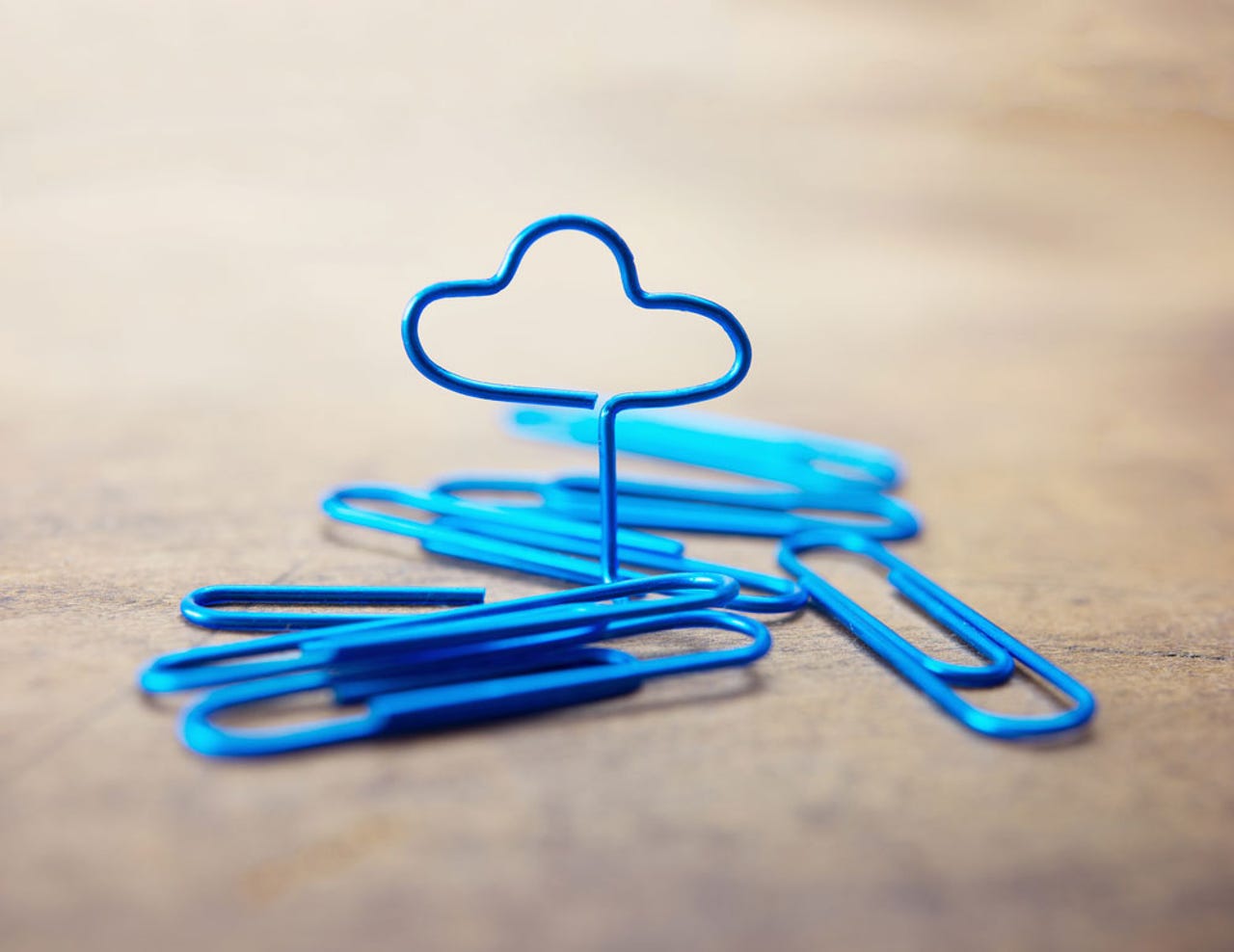The Internet of Things and you

Automation, biometrics, and Google-Glass-like spectacles were all predicted. Yet two technologies - the Internet and mobile devices - are noticeable by their absence, because they only really took hold during the mid-to-late 1990s.
Foretelling the future is a hit-and-miss pastime. But for anyone attempting to predict what the world might look like two decades from now, it would seem reasonable to focus on developments associated with the Internet of Things (IoT), where objects are fitted with sensors and connected via networks to feed information to other things, consumers, or businesses.
Futurist Jeremy Rifkin suggests it is in the consumer market, where as many as 100 trillion sensors could be connected, that the IoT will have the greatest impact. He envisages a new age of all-powerful consumers. Such individuals will use the information from connectivity to make smarter choices.
Early signs of an IoT-led consumer revolution are already here, with connected devices changing the way we live at home and at play. Many of us benefit from smart televisions, and our homes will soon be full of connected devices. The Internet-connected fridge, for example, is being honed to monitor food consumption and to automatically order more when supplies are low.
Then take utility firm British Gas, which is using the active heating technology Hive to collect information in real-time. The information allows consumers to access granular details about their energy use and to compare their power consumption with that of other individuals.
Outside the home, transport providers - on rail and bus networks - are using sensor information from travel cards to monitor and manage passenger flow. The influence of the IoT even extends to roads. The A14 is Britain's first Internet-connected road. Sensors monitor routes and the data helps smooth traffic flow.
Once we get to our destinations, IoT in wearable devices - like smart watches - tells us about our activities, tracks health information, and even serves as an advertising platform. Disney World's wearable Magic Band uses sensor technology to allow holidaymakers to check into their hotel rooms, buy their lunch, go through the turnstiles at the amusement parks, and reserve a spot for specific attractions. This information is fed back to Disney's network for further analysis of foot traffic, ride popularity, and so on.
IoT also extends into healthcare. Microsoft's recently released Band interacts with the IT giant's Microsoft Health platform to help consumers take better control of their health and well-being.